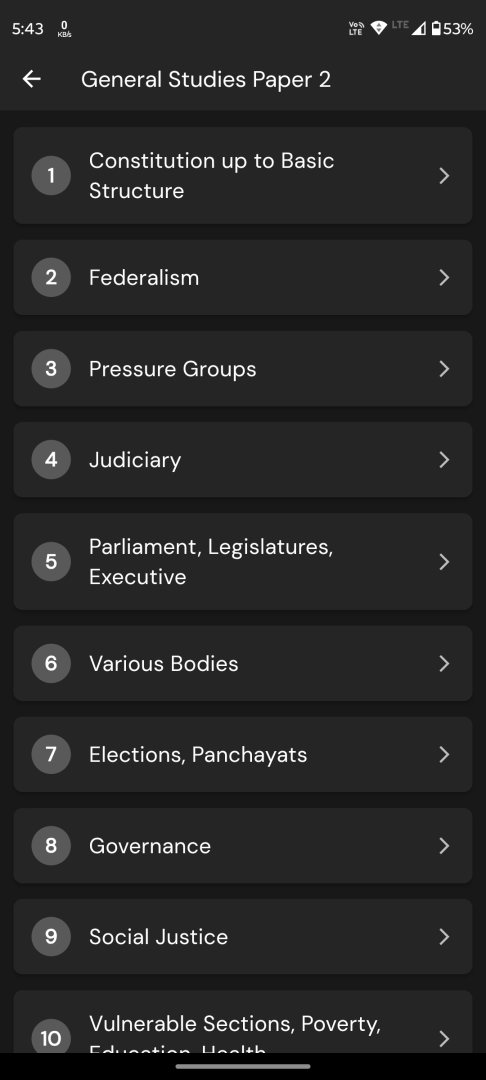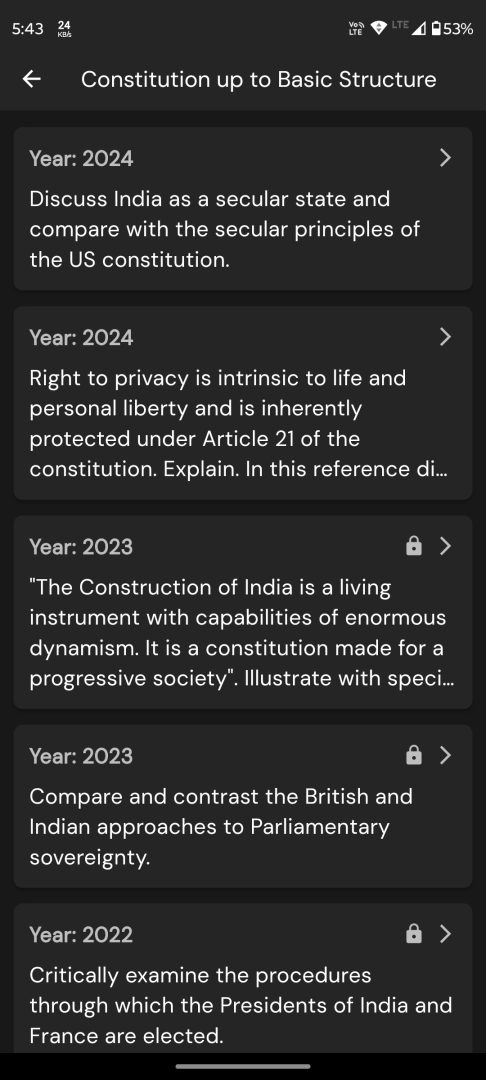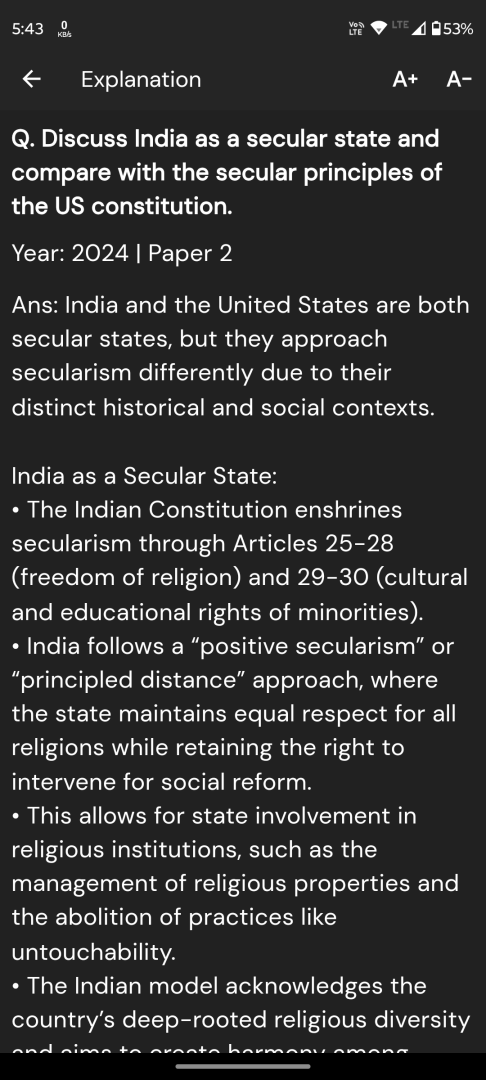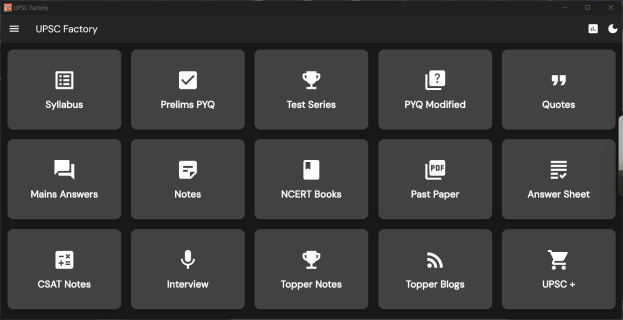Q. Discuss how the changes in shape and sizes of continents and ocean basins of the planet take place due to tectonic movements of the crustal masses.
UPSC Mains 2025 GS1 Paper
Model Answer:
The Earth’s lithosphere comprises several major and minor tectonic plates that float on the semi-fluid asthenosphere. Their continuous movement at rates of 2-10 cm annually drives the perpetual transformation of continental shapes and ocean basin dimensions over geological time scales.
Continental Shape Changes occur through:
• Rifting and Break-up: Divergent plate boundaries create rift valleys that eventually split continents apart. The East African Rift Valley represents an active continental break-up, while the separation of South America from Africa (200 million years ago) demonstrates completed rifting. Red Sea widening exemplifies ongoing separation.
• Continental Collision: When continents converge, they create mountain ranges and alter continental outlines dramatically. The India-Asia collision, which formed the Himalayas and Tibetan Plateau, reduced the Tethys Sea and reshaped both continental masses. Alps formation similarly modified Europe’s southern boundary.
• Transform Movements: Lateral sliding along transform faults changes continental margins without creating or destroying crust. San Andreas Fault and North Anatolian Fault represent such boundaries.
Ocean Basin Evolution follows distinct patterns:
• Sea-floor Spreading: New oceanic crust forms continuously at mid-ocean ridges through upwelling magma, expanding ocean basins. The Atlantic Ocean widens by 2.5 cm yearly due to spreading at the Mid-Atlantic Ridge. Pacific Ocean spreading occurs faster.
• Subduction Processes: Oceanic plates descending beneath continental or other oceanic plates at trenches reduce ocean basin sizes. The Pacific Ocean is shrinking despite active spreading due to extensive subduction zones forming the Ring of Fire. Mediterranean Sea contracts as Africa moves northward.
The Wilson Cycle conceptualizes this complete process—from continental rifting through ocean basin formation, maturation, decline, and eventual closure leading to continental collision. The supercontinent cycle (Pangaea to present configuration) illustrates these processes operating over 200-300 million years. Contemporary GPS measurements confirm these movements, validating the theory of plate tectonics.
Conclusion:
Tectonic movements continuously reshape Earth’s surface, transforming continents and ocean basins through geological time via systematic plate interactions.




